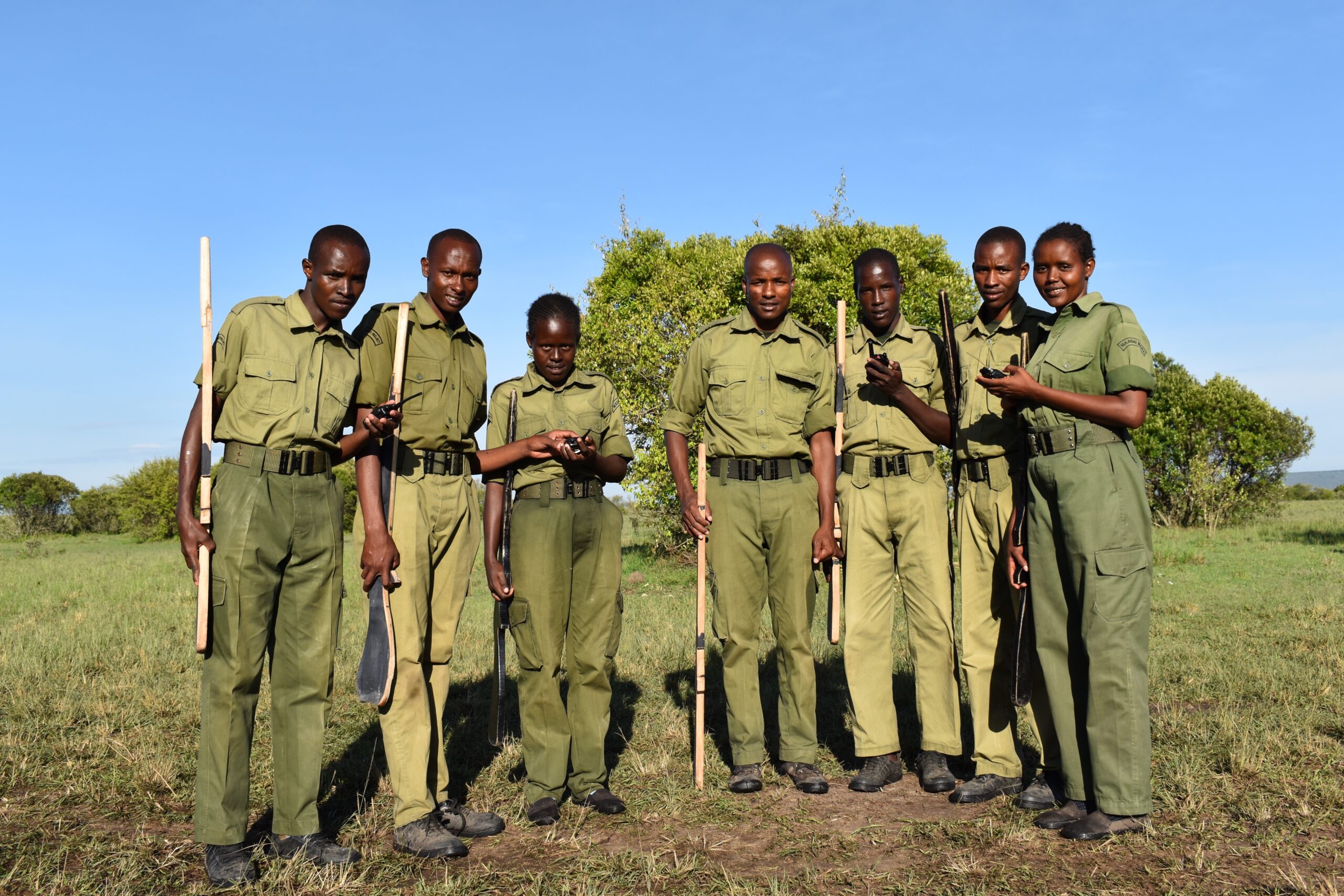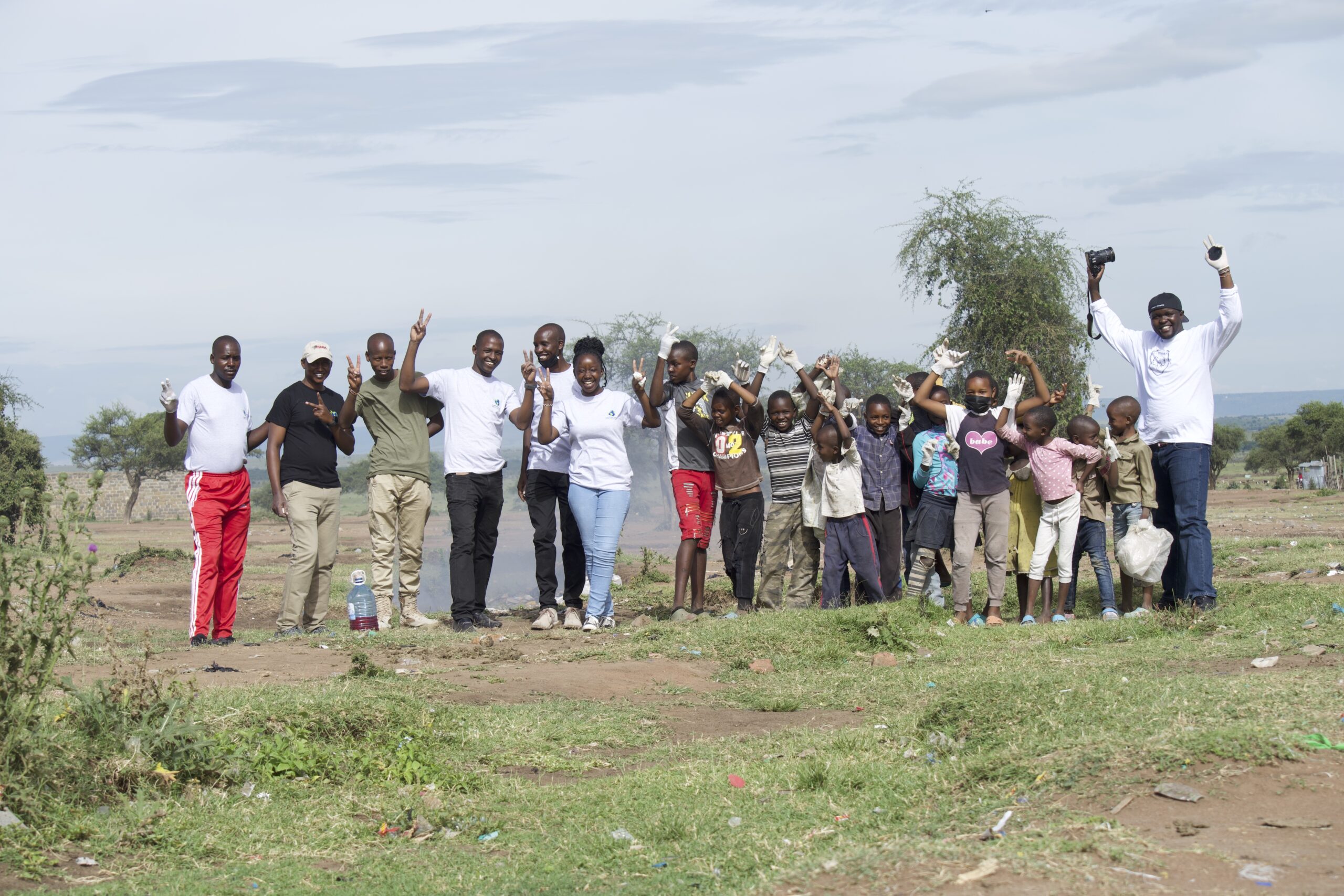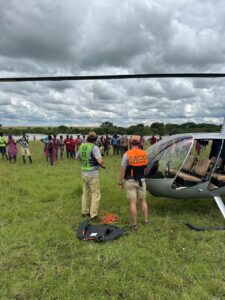There’s quite a bit to get through in this quarterly report but I want to start with a key update, the launch of a new ranger team, Mara Elephant Project’s ninth. Mosiro is an ecologically important area for elephants because it forms a linkage between key elephant habitats, yet elephants in this area are threatened and communities grow frustrated. A permanent ranger team was needed to protect not only the elephants, but communities as well. The new ranger team was recruited in February directly from people living in Mosiro and the final men and women were selected for the 10-week training at MEP’s headquarters in the Mara. Over the last decade, MEP has developed a regimen of standard operating procedures for ranger training and has an in-house training course that is all led by MEP staff and can be offered to not just new MEP recruits but other organizations as well. Shortly after completing their training, a passing out parade (graduation) was held in Mosiro to celebrate their deployment. The MEP “Lima” ranger team is now deployed in the field.
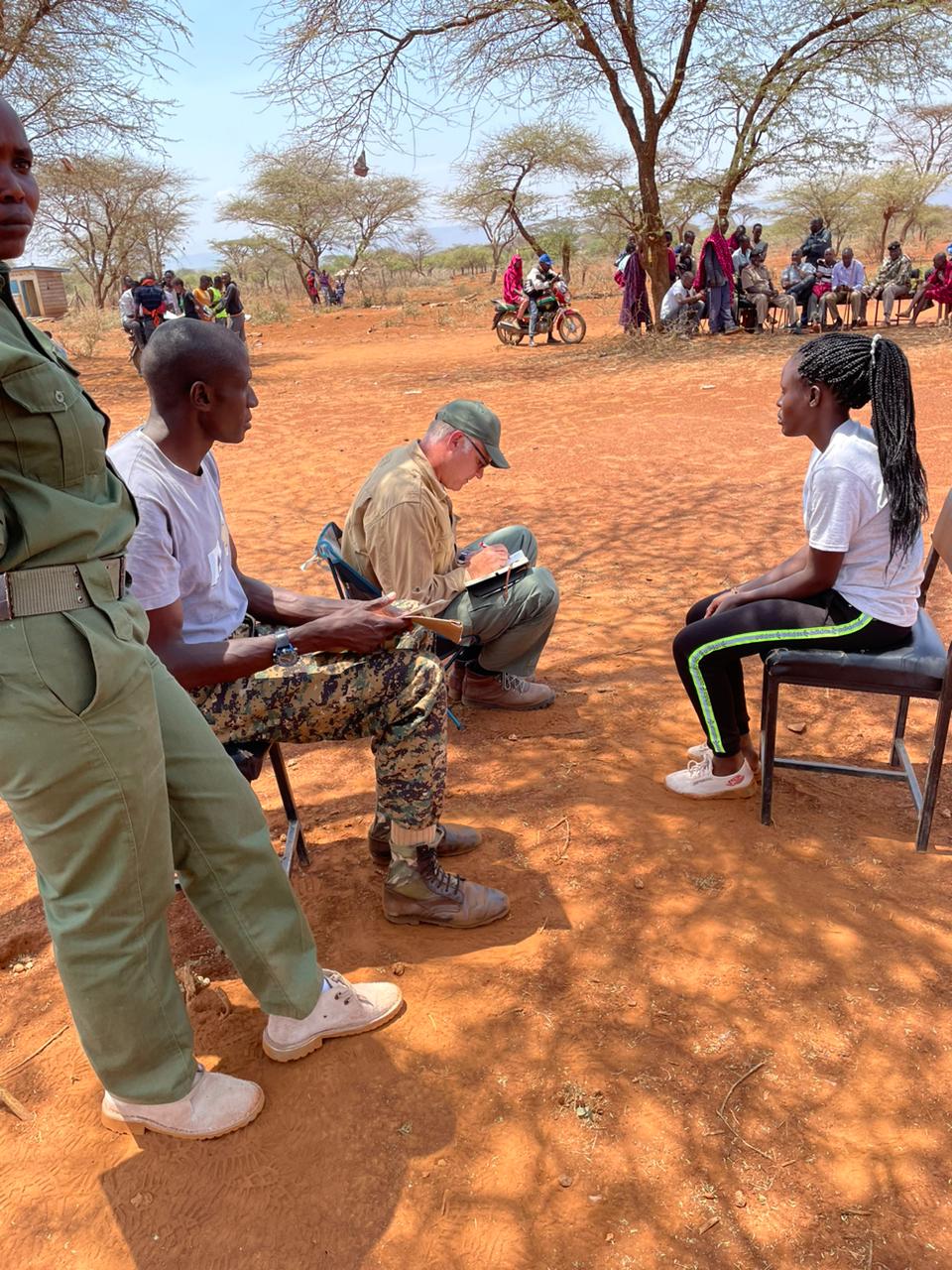
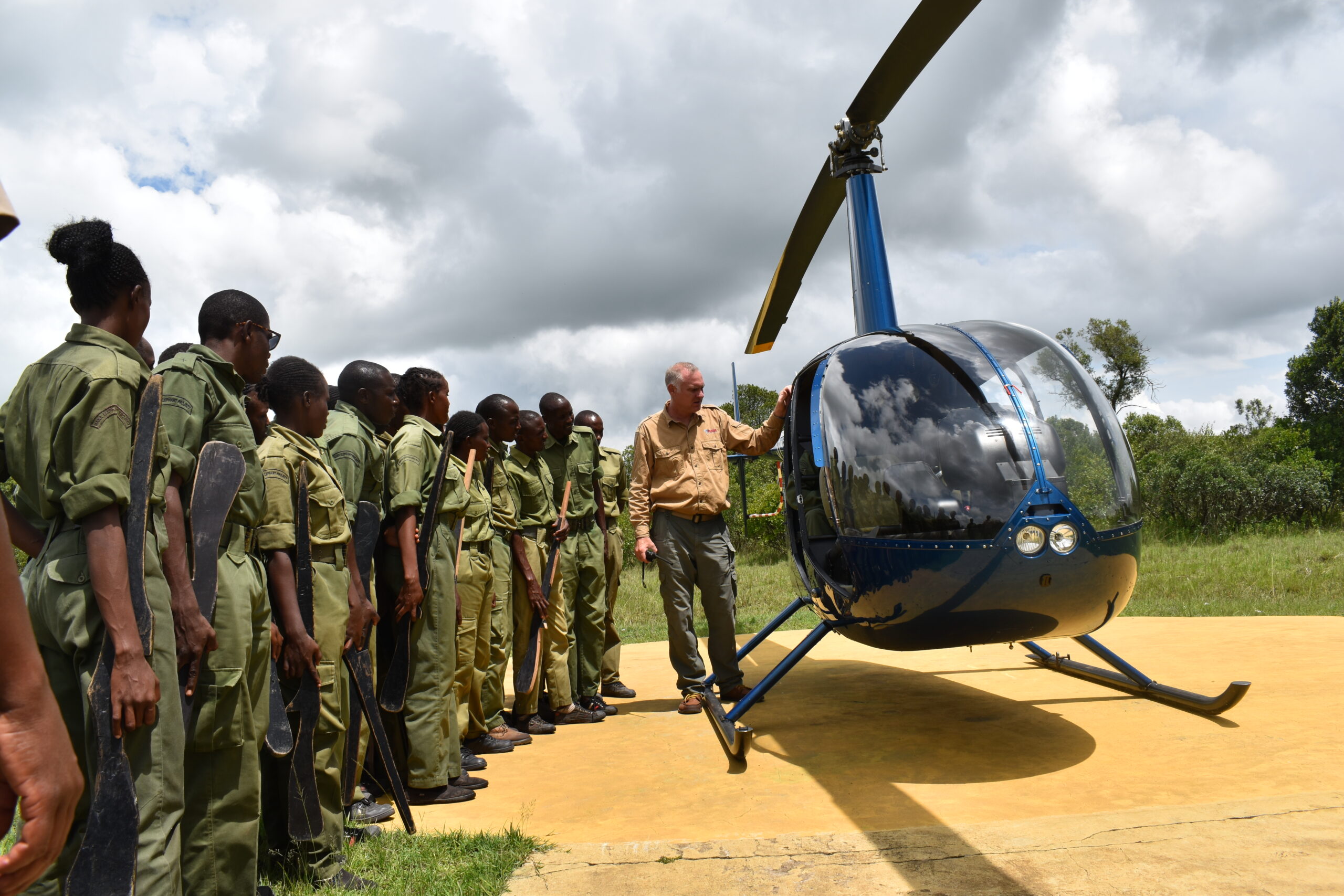
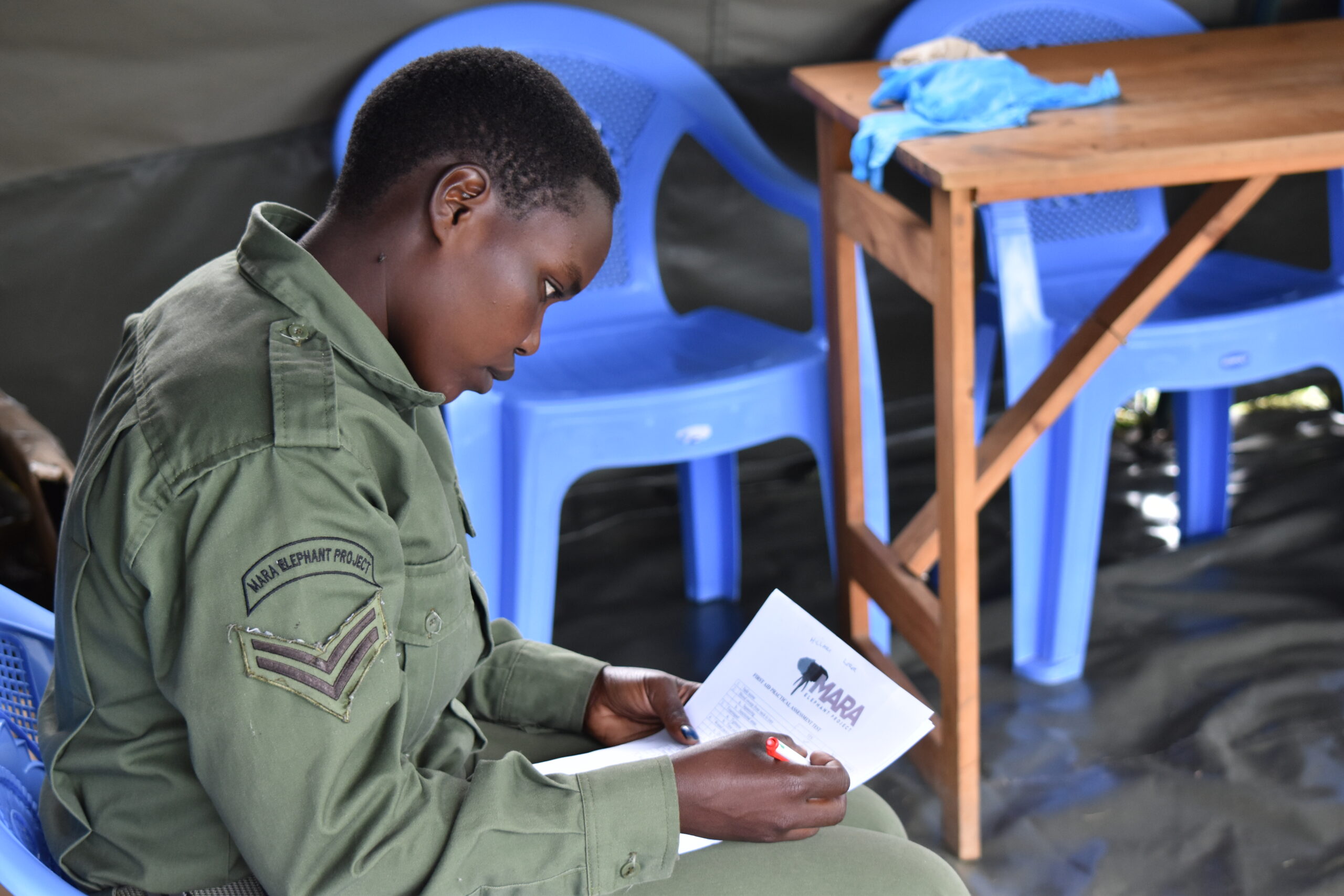
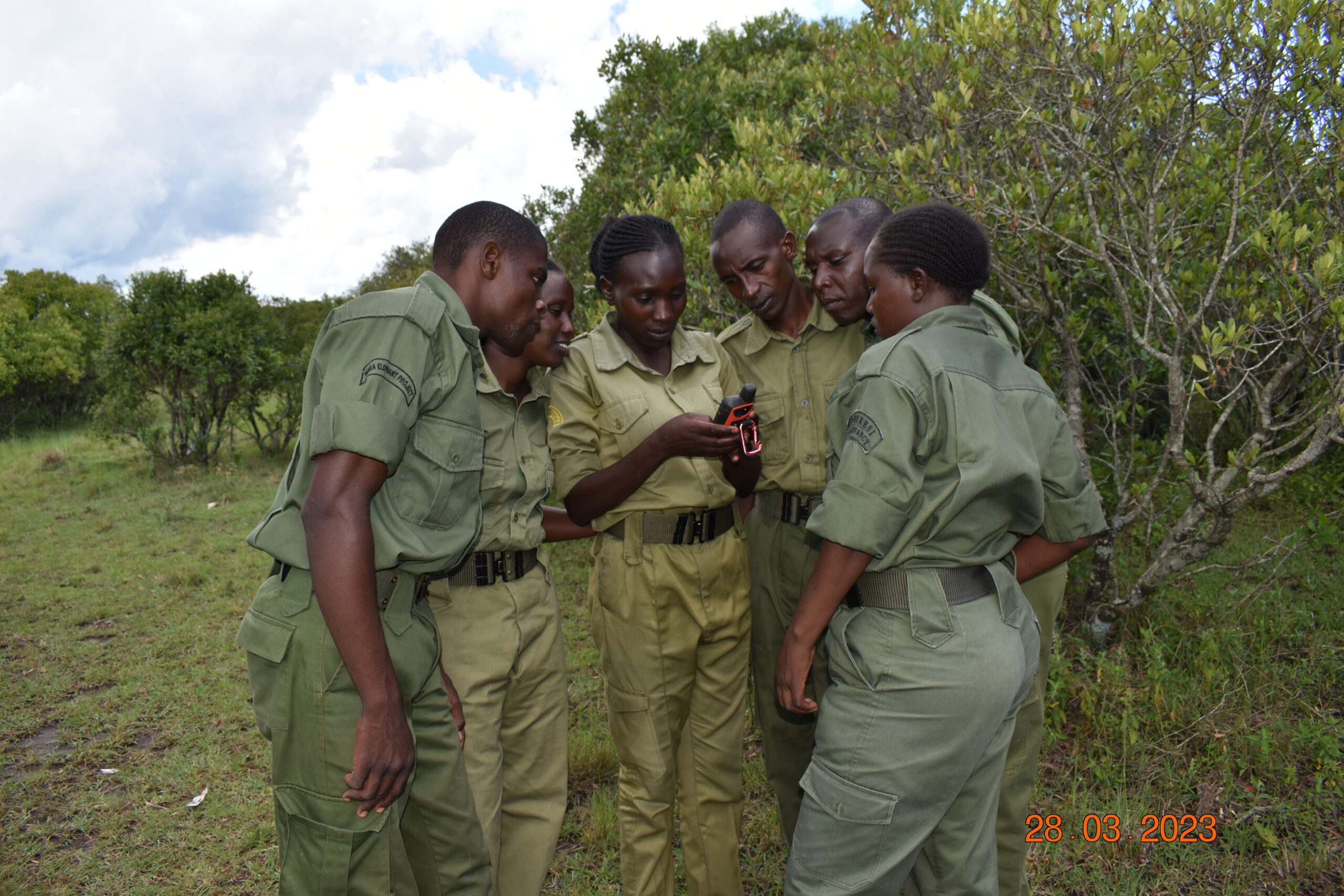
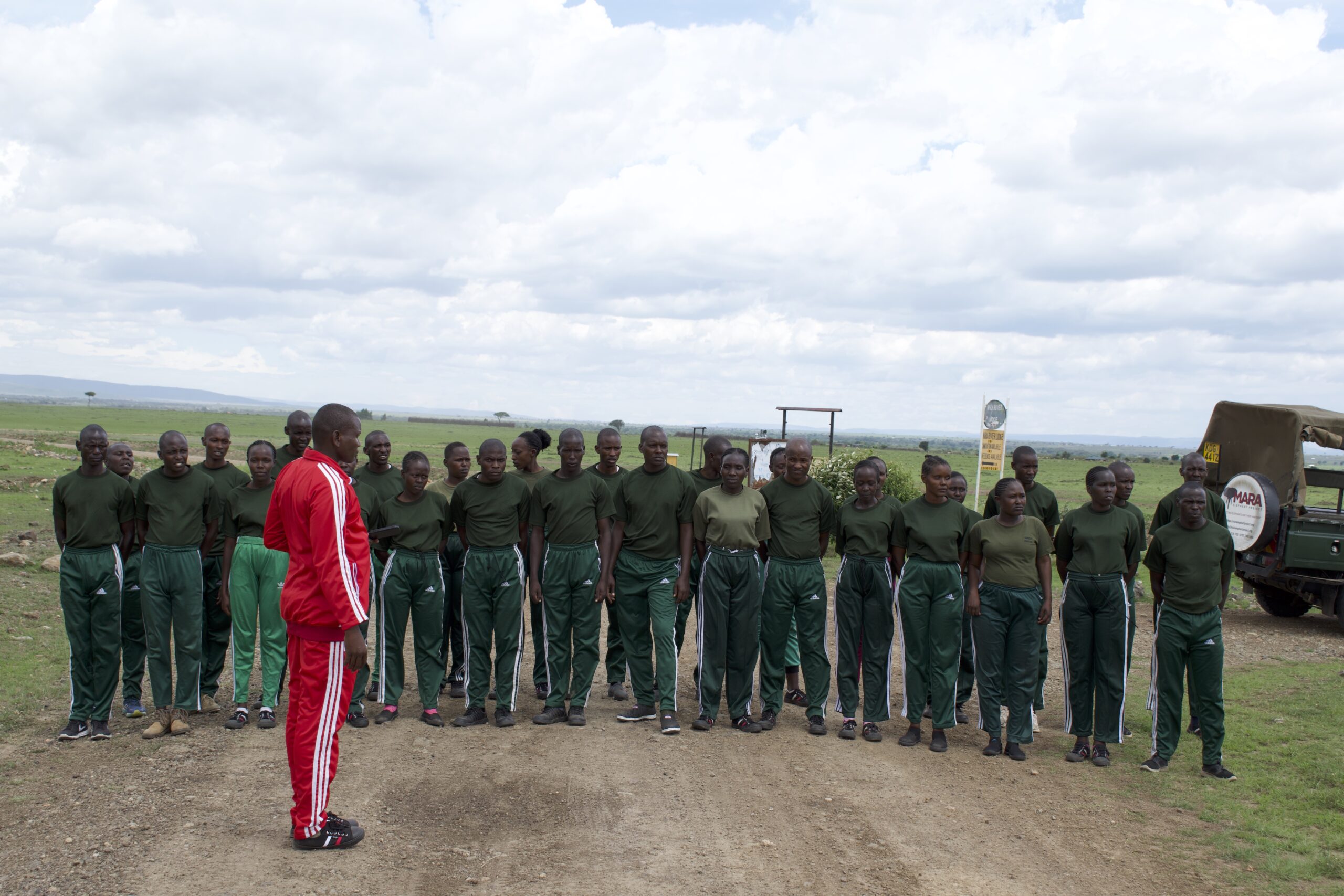
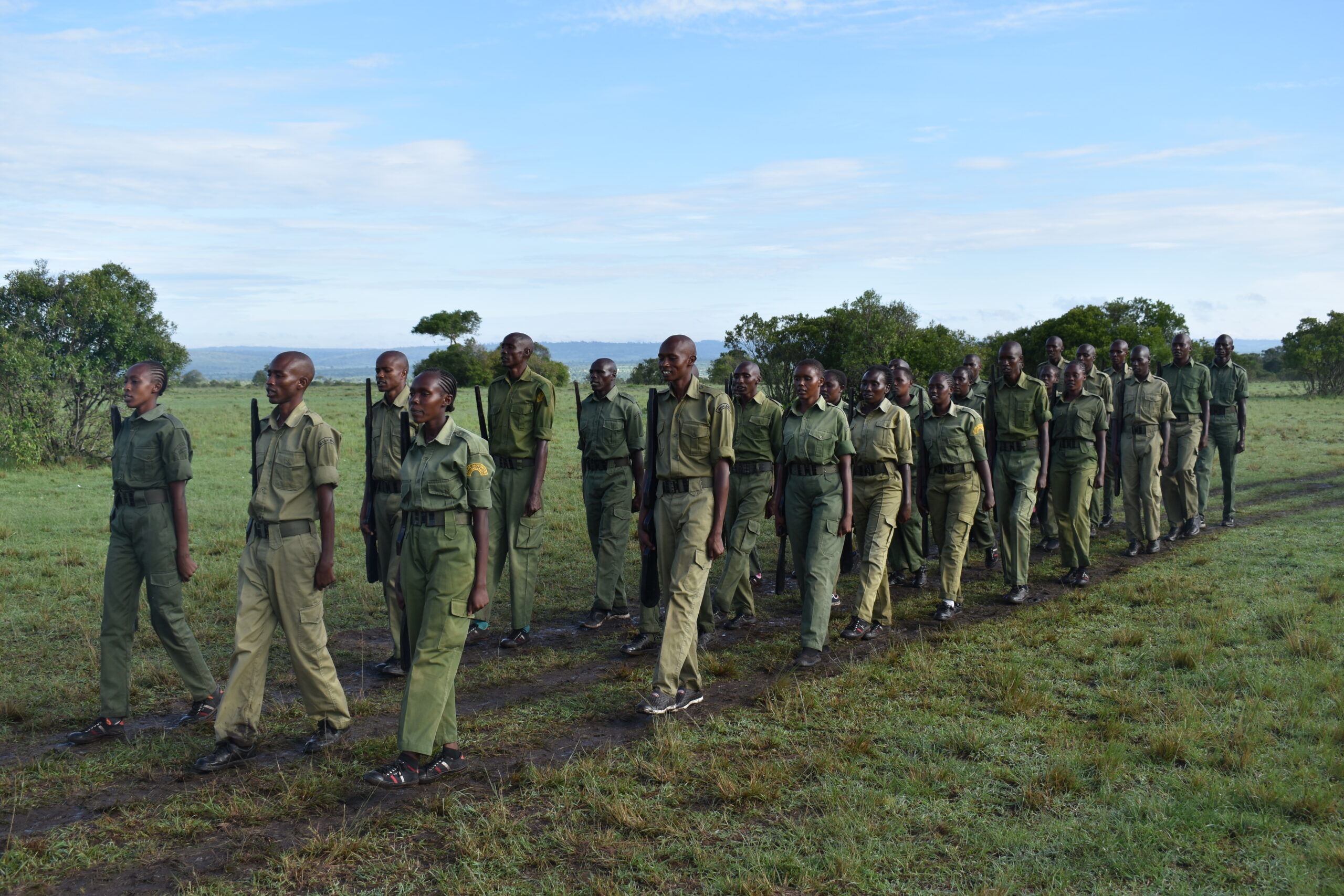


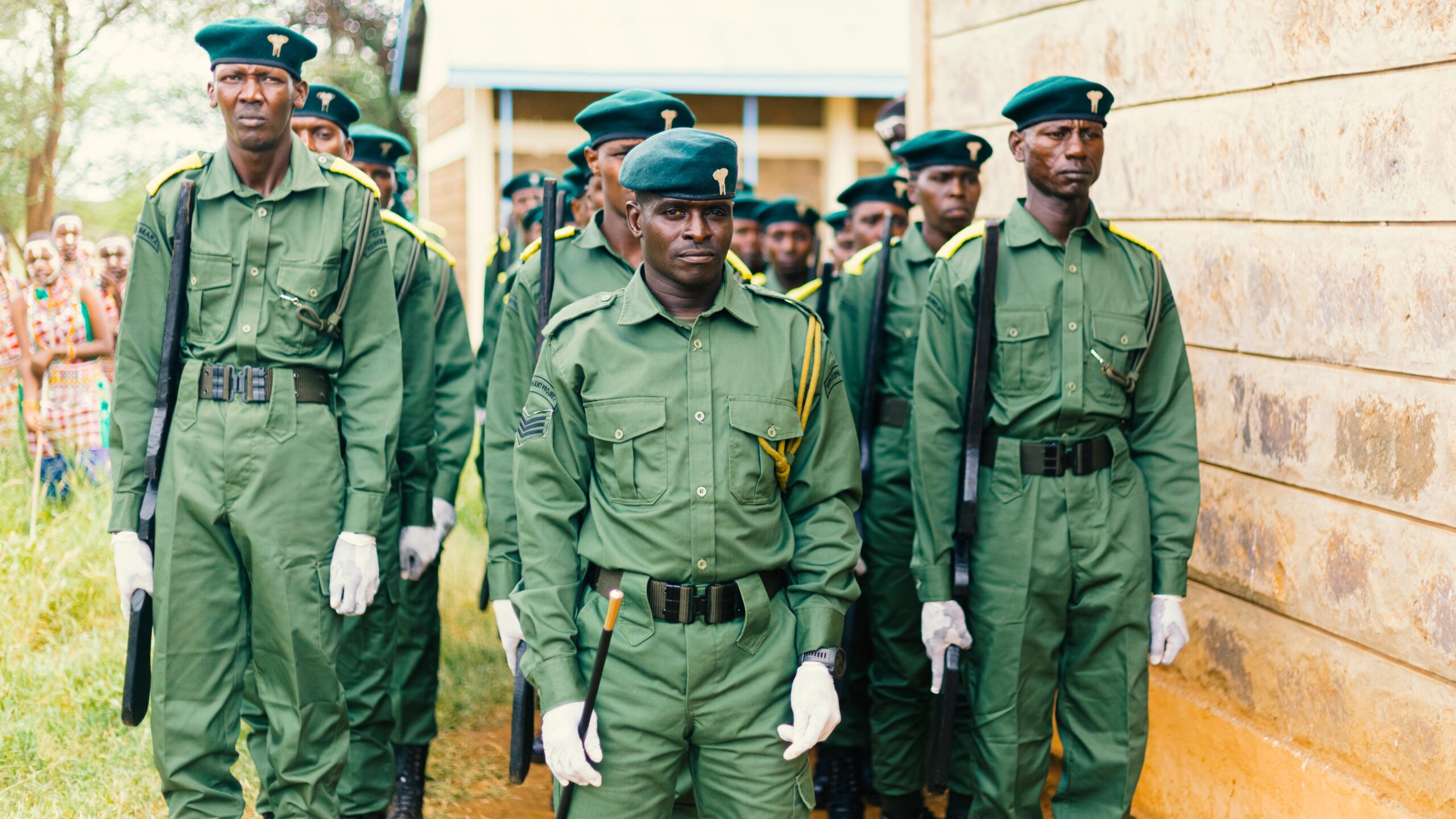

Next month, MEP will celebrate 12 years in conservation. Over that time, the organization has grown and adapted in a dynamic conservation landscape. MEP’s model remains focused on building partnerships to advance our mission and a deep organizational understanding that to solve global challenges senior leadership must rely on outside expert council to guide their process. It’s with this in mind that we established of an advisory committee to act as a both a sounding board and microphone for the organization as it continues to grow. Please welcome the inaugural members of the MEP Advisory Committee, a diverse, talented group of industry experts that MEP is honored to have guiding the organization. We also welcomed two new board members to the USA 501(c)(3) Mara Elephant Project USA, Erica Dillow and Kevin Rodrigues. Welcome to the team everyone.
I flew the MEP helicopter in the second quarter to conduct almost all the key activities this conservation tool is used for that makes it so vital. In April, I responded to a call from a distressed farmer that MEP identified individual 1, affectionately known as “Edwin”, had broken through a fence and entered his farm. The large bull was causing destruction and a rapid response was needed to mitigate the escalating situation. I successfully moved Edwin out of the farm and ushered him to safety.
Collared elephant Ivy is described internally at MEP as a “crop-a-holic” because she and her herd are not only frequent but expert crop raiders. On June 14, they were crop raiding in the Munyas area, and the MEP “Foxtrot” ranger team rapidly responded to move the elephants out and protect the community’s crops. After several hours of using their vehicle and firecrackers with minimal results they called me, and I responded with the MEP helicopter. The additional aerial incentive for the elephants to move out of the community land helped rapidly deescalate the situation.
 In May, I flew an aerial monitoring flight to capture identification photos of newly collared elephant Gwen in the Shampole area. She was with her herd of 15 elephants, which included her young calf. They were noted to be healthy, and her collar was in good condition. During a routine aerial patrol in June, I monitored a bull elephant in the Musiara area near Governor’s Camp with three arrow wounds on his back. Kenya Wildlife Service (KWS) Vet Dr. Njoroge from the Sheldrick Wildlife Trust (SWT) Mobile Vet Unit was immediately called in to treat him while I provided aerial assistance in the helicopter. The bull was successfully treated and back on his feet. There was a second successful treatment in June of an injured bull in Naboisho Conservancy that I assisted the team with from the air.
In May, I flew an aerial monitoring flight to capture identification photos of newly collared elephant Gwen in the Shampole area. She was with her herd of 15 elephants, which included her young calf. They were noted to be healthy, and her collar was in good condition. During a routine aerial patrol in June, I monitored a bull elephant in the Musiara area near Governor’s Camp with three arrow wounds on his back. Kenya Wildlife Service (KWS) Vet Dr. Njoroge from the Sheldrick Wildlife Trust (SWT) Mobile Vet Unit was immediately called in to treat him while I provided aerial assistance in the helicopter. The bull was successfully treated and back on his feet. There was a second successful treatment in June of an injured bull in Naboisho Conservancy that I assisted the team with from the air.
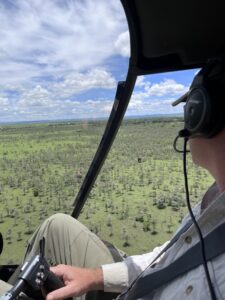 The helicopter was also used to rapidly respond to a wounded community member in early in April. The young man was gored by a buffalo in Aitong and I did an emergency medical flight to the hospital. He was treated and is expected to make a full recovery. In May, it was extremely wet in the Mara causing rivers in the area to crest their banks. Unfortunately, a truck driver was reported missing after his truck was swept away by the Mara River. I flew the MEP helicopter to help locate the driver and sadly, after searching from the air, we did manage to retrieve the body. While never the outcome we hoped for, we were relieved we could play a small part in bringing solace to a grieving family. Our deepest sympathies to those affected during this difficult time.
The helicopter was also used to rapidly respond to a wounded community member in early in April. The young man was gored by a buffalo in Aitong and I did an emergency medical flight to the hospital. He was treated and is expected to make a full recovery. In May, it was extremely wet in the Mara causing rivers in the area to crest their banks. Unfortunately, a truck driver was reported missing after his truck was swept away by the Mara River. I flew the MEP helicopter to help locate the driver and sadly, after searching from the air, we did manage to retrieve the body. While never the outcome we hoped for, we were relieved we could play a small part in bringing solace to a grieving family. Our deepest sympathies to those affected during this difficult time.
 The MEP team was joined by the community on Earth Day to clean up the Aitong town center. MEP researchers, rangers and support staff all showed their commitment to the planet and were joined by over 20 people from the community, mostly children, to collect the trash, sort it and recycle as much as possible.
The MEP team was joined by the community on Earth Day to clean up the Aitong town center. MEP researchers, rangers and support staff all showed their commitment to the planet and were joined by over 20 people from the community, mostly children, to collect the trash, sort it and recycle as much as possible.
 Finally, the MEP family lost a key member of our herd recently. Brian Kearney-Grieve, otherwise known at MEP as “BKG”, left a legacy that remains today. BKG was the physical manifestation of unity. He brought harmony, oneness and continuity to an emerging organization allowing MEP to flourish. Just as a rising tide lifts all boats, Brian lifted not only MEP, but other organizations working to have a global impact for people, wildlife and the environment. Brian was given an Emeritus position on the Mara Elephant Project Trust.
Finally, the MEP family lost a key member of our herd recently. Brian Kearney-Grieve, otherwise known at MEP as “BKG”, left a legacy that remains today. BKG was the physical manifestation of unity. He brought harmony, oneness and continuity to an emerging organization allowing MEP to flourish. Just as a rising tide lifts all boats, Brian lifted not only MEP, but other organizations working to have a global impact for people, wildlife and the environment. Brian was given an Emeritus position on the Mara Elephant Project Trust.
